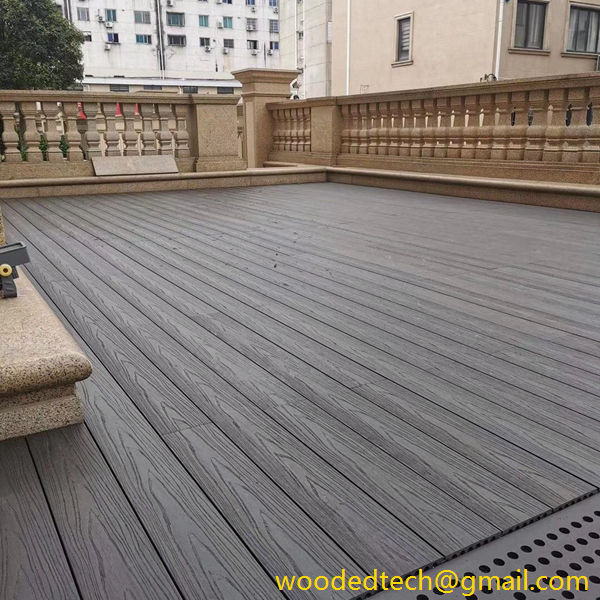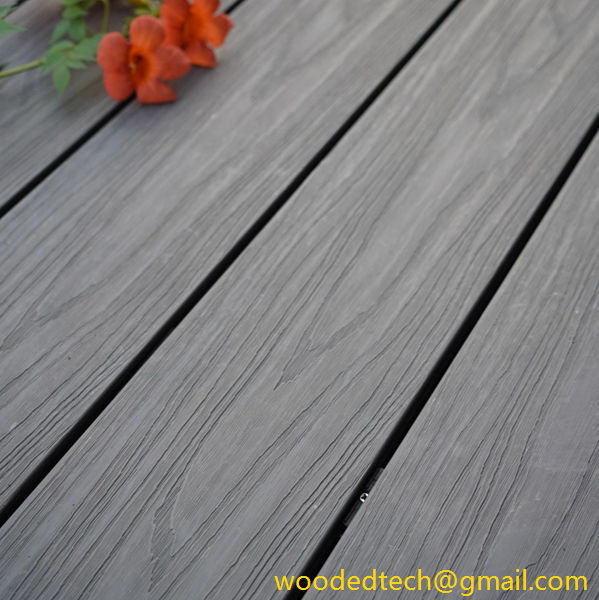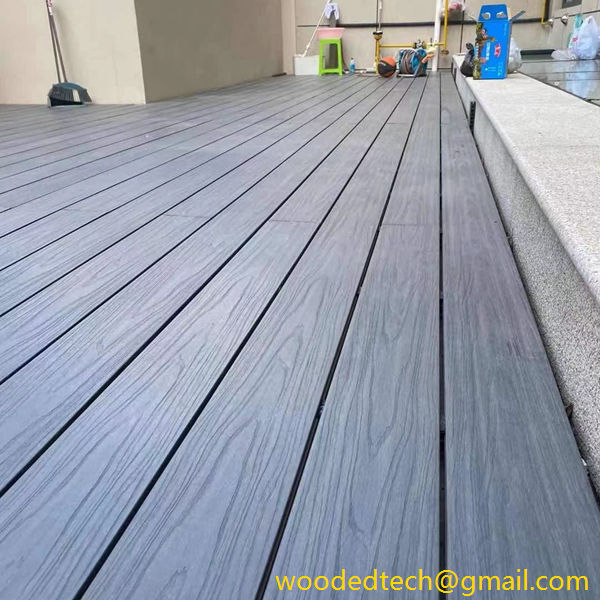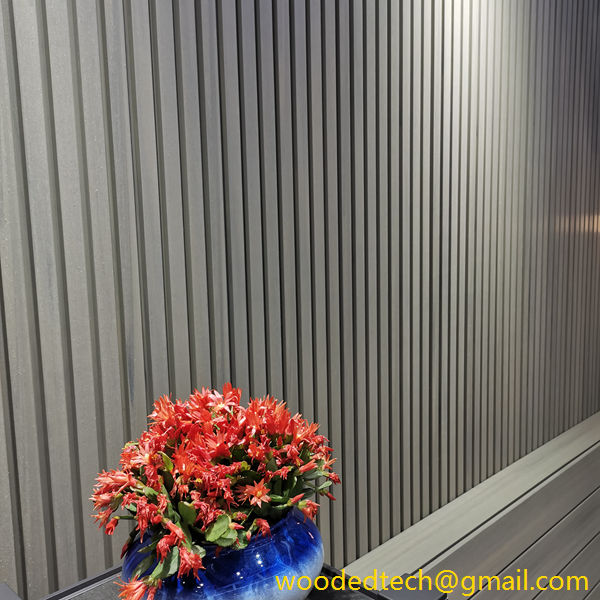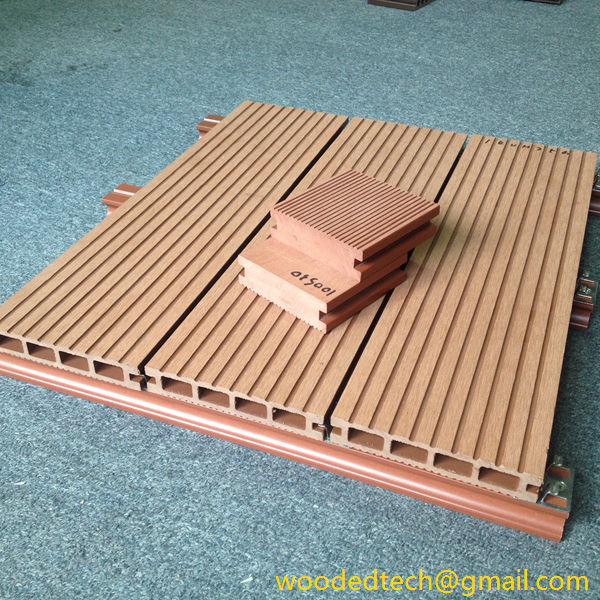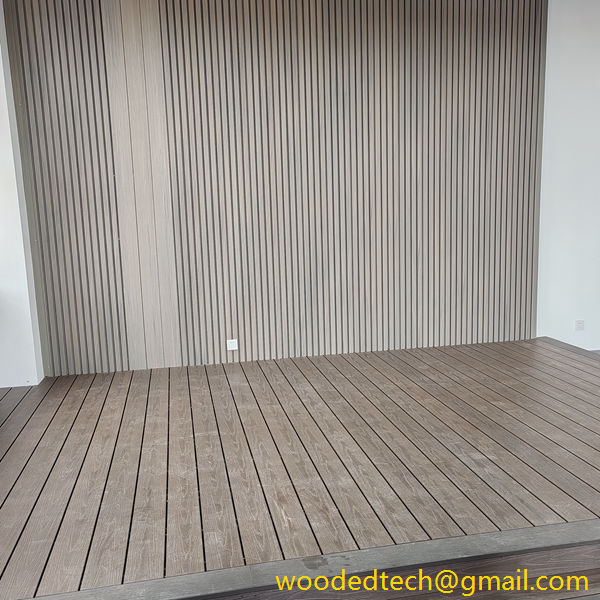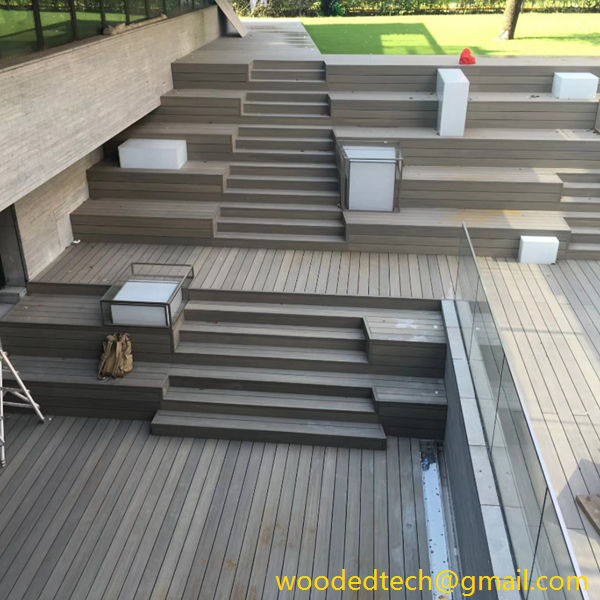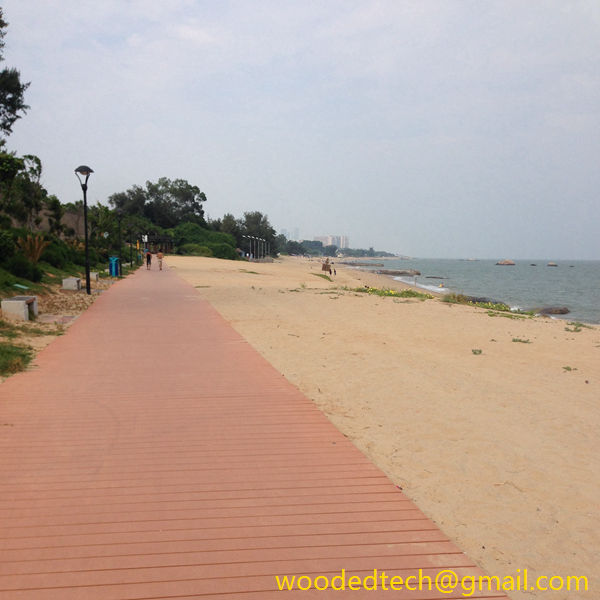Understanding Composite Wood Decking Cost for Your Project
Understanding Composite Wood Decking Cost for Your Project When considering a decking solution for your outdoor space, composite wood decking has gained significant popularity due to its blend of durability, aesthetic appeal, and low maintenance requirements. However, many homeowners find themselves grappling with the initial investment and ongoing costs associated with this material. Understanding composite…
Understanding Composite Wood Decking Cost for Your Project
When considering a decking solution for your outdoor space, composite wood decking has gained significant popularity due to its blend of durability, aesthetic appeal, and low maintenance requirements. However, many homeowners find themselves grappling with the initial investment and ongoing costs associated with this material. Understanding composite wood decking cost is essential for making an informed decision that aligns with your project goals and budget.
Composite wood decking is made from a combination of wood fibers and plastic, designed to mimic the look of natural wood while offering superior resistance to the elements. This unique composition makes it an attractive option for those seeking longevity and minimal upkeep. While the upfront costs of composite decking can be higher than traditional wood decking, the long-term savings in maintenance and replacement can justify the investment.
One of the primary factors influencing the cost of composite wood decking is the material itself. Composite boards are available in a variety of brands, colors, and finishes, each with its pricing structure. Higher-quality composites may come with a greater initial cost but often provide better warranties and improved performance over time. When budgeting for your project, it is crucial to consider the quality of the composite material you choose, as this will directly impact your satisfaction and the longevity of your deck.
In addition to the cost of the decking material, you must also account for other expenses related to the installation process. This includes labor costs if you hire professionals to install the deck, as well as any necessary permits, tools, and additional materials such as fasteners or railings. The complexity of the project can also affect labor costs; a straightforward rectangular deck may be less expensive to install than a multi-level or custom-designed deck.
Another important aspect to consider is the long-term savings associated with composite wood decking. Unlike traditional wood, which requires regular staining, sealing, and maintenance, composite decking is designed to be maintenance-free once installed. This means you can enjoy your outdoor space without the added burden of upkeep. Over time, the savings on maintenance materials and labor can significantly offset the initial investment in composite decking.
Furthermore, the durability of composite wood decking should not be overlooked. Composite materials resist fading, splintering, and warping, making them an excellent choice for areas with fluctuating weather conditions. This resistance to wear and tear can extend the lifespan of your deck, which is an essential factor when calculating overall costs. A deck that lasts 25 years or more without significant maintenance can ultimately be more cost-effective than a traditional wood deck that may need to be replaced every 10-15 years.
In addition to its durability and low maintenance requirements, composite wood decking can also contribute to the overall value of your home. An attractive outdoor space can enhance curb appeal and may even increase your property value. Potential buyers often appreciate the benefits of composite decking, knowing it will require less work and upkeep than traditional materials. This potential increase in home value can be another crucial factor to consider when assessing the overall cost of your decking project.
When planning your composite wood decking project, it is beneficial to obtain multiple quotes from contractors and suppliers. This allows you to compare prices and ensure you are getting the best deal possible. Additionally, researching various brands and their warranties can help you make an informed decision about which material to choose. Some brands offer extensive warranties, which can provide peace of mind and further justify the investment.
Another aspect to consider is the environmental impact of your decking choice. Many composite decking products are made from recycled materials, making them a more sustainable option compared to traditional wood. Choosing environmentally friendly materials can also be a selling point should you decide to sell your home in the future.
Ultimately, understanding composite wood decking cost involves looking beyond the initial investment. While the upfront costs may be higher than traditional wood options, the long-term savings, durability, and potential increase in home value make composite decking an appealing choice for many homeowners. By carefully considering your project’s specific needs and budget, you can make an informed decision that suits your lifestyle and enhances your outdoor living space.
In conclusion, composite wood decking offers a compelling option for homeowners looking to create outdoor spaces that are both beautiful and functional. By understanding the costs associated with this material, including initial investment, installation, and long-term savings, you can make an informed choice that meets your needs. With its low maintenance requirements and durability, composite decking stands out as a practical and attractive solution for any decking project. Whether you are planning a small patio or a large terrace, investing in composite wood decking can provide lasting enjoyment for years to come.

